VIDEO GAME ORIGINS - STATIC TO DYNAMIC
After decades of development and evolution, starting with single-screen adventures like Pac-Man, video games are still mostly brute-force affairs, hammered together by armies of developers throwing tens of millions of dollars at static worlds that feel as alive as a cardboard cutout. You’ve got your triple-A blockbusters like the latest Call of Duty or Assassin’s Creed, where hundreds of artists, coders, and writers labor for years to craft linear stories and meticulously designed maps. Sure, they’re polished to a sheen, but peel back the layers, and it’s all smoke and mirrors: buildings you can’t enter, NPCs spouting canned dialogue on loop, and branching paths that funnel you right back to the same ending.
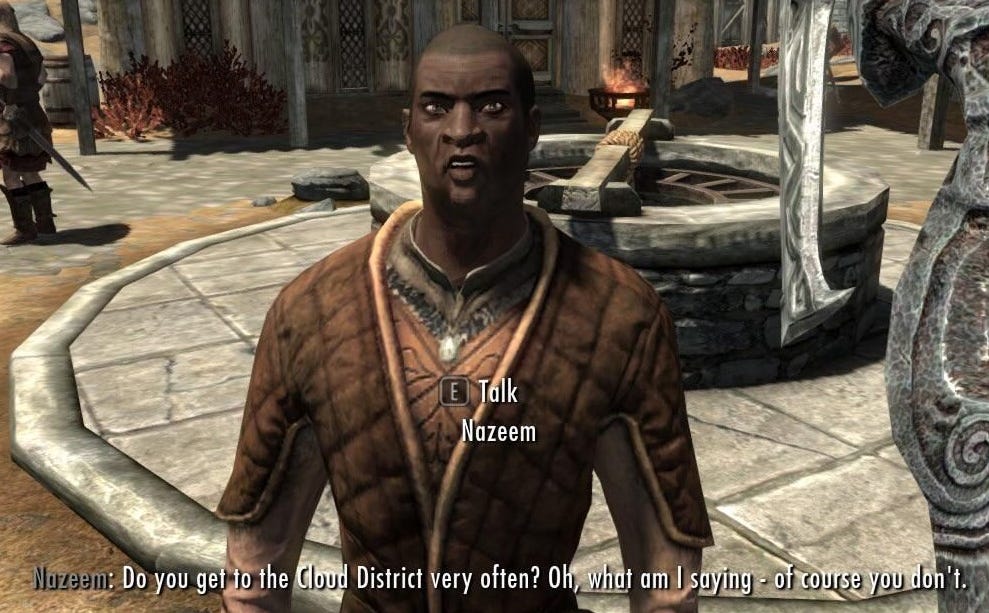
It’s effective, don’t get me wrong—Red Dead Redemption 2 pulled off a sprawling Wild West with such detail it felt revolutionary back in 2018. But even there, the world has limits; try wandering into a random saloon off-script, and you’re met with invisible walls or repetitive barks from barflies who forget you the second you turn around. The resources poured into these experiences are staggering, often ballooning budgets into the hundreds of millions, all to create something that’s ultimately finite—a scripted ride with predefined highs and lows.
Now, imagine changing the entire paradigm by interweaving artificial intelligence into the fabric of game design. We’re not talking gimmicky bots like those early Skyrim mods that made NPCs spout nonsense; we’re eyeing a future where AI turns games into living, breathing simulations that blur the line between virtual escapism and the real world. It’s truly exciting stuff, the kind that could redefine fantasy realms, cyberpunk sprawls, action shootouts, and sci-fi odysseys. But let’s not sugarcoat it—it’s also potentially terrifying, a Pandora’s box where the pixels start staring back, and you wonder if you’re playing the game or it’s playing you. This isn’t pie-in-the-sky speculation; the confluence of AI with disparate technologies like machine learning, neural networks, and even blockchain for persistent worlds is already reshaping the industry, promising a leap from static entertainment to dynamic ecosystems.
Take procedural generation, that old trick games have used since the rogue-likes of the ‘80s to spit out random dungeons…
…AI supercharges it into something unrecognizable. Right now, devs like those at No Man’s Sky have pushed it far, generating billions of planets on the fly with algorithms that handle terrain, flora, and fauna. But toss in advanced AI, and suddenly those inaccessible buildings in a game world aren’t just facades—they get populated in real-time. Picture strolling through a cyberpunk mega-city in a future Grand Theft Auto successor: you spot a nondescript high-rise that wasn’t scripted for entry, but curiosity strikes. The AI kicks in, generating interior architecture on demand—corridors twisting based on architectural logic, rooms furnished with procedural props that fit the lore, maybe even dynamic weather leaking through generated windows. It could draw from vast datasets of real-world designs, ensuring everything from lighting fixtures to wallpaper patterns feels authentic and varied. No more “wasted resources” on hand-crafting every nook; the system learns from player patterns, ensuring variety without repetition. It’s like the game world’s growing around you, adapting to your whims, and evolving based on collective player data across servers.
This procedural prowess extends to environments that react in ways current tech can only dream of. In a fantasy setting, forests might regrow after a wildfire you accidentally started, with AI simulating ecological recovery—new saplings sprouting, wildlife migrating back, even seasonal changes influencing quests.
Action games could feature destructible cities where AI rebuilds in logical phases, with NPC crews appearing to repair damage, creating emergent opportunities like heists during reconstruction. Sci-fi titles might simulate entire planetary economies, where your actions—say, sabotaging a trade route—ripple through supply chains, causing shortages that affect prices and alliances dynamically. The key here is efficiency: AI handles the heavy lifting, allowing smaller teams to focus on core narratives while the machine fills in the gaps, potentially slashing development times and costs.
THE NEXT LEVEL - DYNAMIC NPC PERSONAS
And then there’s the real game-changer: non-player characters, or NPCs, evolving from puppets to personas. Today’s NPCs are mostly scripted loops—think the merchants in The Elder Scrolls who hawk the same wares day in, day out, or the villagers in Animal Crossing with their quirky but finite routines. AI flips this on its head by imbuing them with memory capacities, dynamic agency, and adaptive behaviors that make them feel... human. We’re already seeing glimpses: in experimental setups like those from NVIDIA’s ACE (Avatar Cloud Engine), NPCs powered by large language models can hold real conversations, remember past interactions, and react contextually. You insult a bartender in a fantasy tavern? He doesn’t just shrug it off—he holds a grudge, maybe spreads rumors to other AI-driven townsfolk, altering quest lines or alliances on the fly. Over time, these characters could develop backstories that unfold organically, influenced by global events or even news from other players’ sessions in shared worlds.
Scale that up, and future games become infinite sandboxes. In a sci-fi epic, your ship’s crew isn’t a static roster; each member has an AI persona that evolves—learning from your command style, forming bonds or rivalries based on decisions, even mutinying if morale tanks. Dynamic agency means they pursue their own goals when you’re not looking: an engineer might tinker with the engines unsupervised, leading to upgrades or disasters. Memory capacities ensure continuity; bail on a side quest mid-way, come back months later (in-game time), and the NPC recalls your flake-out, adjusting their trust accordingly. It’s the death of linearity—stories branch not from predefined choices but emergent interactions, creating near-infinite narratives tailored to you. This could revolutionize multiplayer too: in cyberpunk MMOs, AI factions negotiate treaties or declare wars based on player economies, turning guilds into real political entities.
This confluence of AI with other tech amps the immersion to dizzying heights. Blurring virtual and real? We’re talking VR integrations where AI simulates sensory feedback—procedural sounds that echo realistically in generated spaces, or haptic suits syncing with AI-driven weather systems. In action games, enemies don’t just follow patterns; they adapt in real-time, learning your tactics like a chess AI on steroids, turning every skirmish into a unique chess match. Fantasy subcultures get a boon: imagine a Lord of the Rings-style world where orcs aren’t horde fodder but tribal societies with AI-simulated cultures, evolving languages, and economies that respond to player incursions. Cyberpunk dystopias become eerily prescient—AI corps running simulated megacorps that exploit virtual citizens, mirroring real-world tech overlords.
It’s exciting, no doubt. For indie devs dreaming up games, AI democratizes creation: fewer bodies needed for grunt work, more focus on bold visions. Procedural tools could slash budgets, letting small teams craft epics that rival Ubisoft’s behemoths. Players win too—personalized experiences where no two playthroughs are alike, fostering replayability that keeps communities buzzing for years. Think of it as the ultimate evolution of role-playing: your actions ripple through a simulated ecosystem, creating stories that feel organic, not authored. Early adopters like those using Unity’s Muse or Unreal’s MetaHuman are already teasing this, with AI-assisted animation and dialogue cutting production times in half.
But here’s where it gets terrifying, and I mean spine-chilling in a way that raises serious questions about our relationship with technology. When worlds get this robust, the gap between virtual and real doesn’t just blur—it vanishes. Addiction skyrockets; why slog through real-life drudgery when an AI paradise awaits, perfectly tuned to your desires? We’ve seen hints with loot boxes and endless grinds, but AI takes it nuclear—NPCs that form “relationships” so convincing they rival human bonds, potentially eroding real social skills or connections. Ethically? Nightmares abound. If an NPC has memory and agency, at what point does harming it feel like cruelty? Sci-fi warns us: games like Detroit: Become Human toyed with sentient AI, but make it real, and we’re debating digital rights.
Now, extend this supposition further: AI could bridge the virtual and real in ways that entwine them inseparably. Imagine AI-powered characters reaching out beyond the screen—sending text messages or even making phone calls to your real-world device. It’s not far-fetched; with integrations like those in modern apps (think Pokémon GO’s AR notifications), games could alert you dynamically. Your in-game companion spots an enemy raid on your base while you’re offline? They text: “Hey, boss, trouble’s brewing at the outpost—get back here before it’s too late!” Or a verbal exchange via voice call: “I miss our adventures; that artifact we found is glowing again—log in and let’s investigate.” These enticements pull you back, making the game a persistent presence, not just a hobby. It’s clever marketing, sure, but it normalizes the bleed-over, turning downtime into anticipation.
BRIDGING THE VIRTUAL TO THE REAL
Take a concrete scenario in a theoretical sequel to Cyberpunk 2077—let’s call it Cyberpunk 2—where AI imbues characters with super-realistic, dynamic, agentic behavior. You’re deep into the game, continuing your friendship with Judy Alvarez, the tech-savvy braindance editor from the original.
Your in-game bond has grown through shared missions, late-night chats in Night City’s underbelly, and mutual trust forged in firefights. Then, while you’re in the real world—maybe typing an email or at the grocery store—your phone buzzes with a text: “Hey, it’s Judy. Got something urgent. Can I call?” You reply “yes,” and moments later, the phone rings. You answer, and it’s her voice—synthesized flawlessly by AI, laced with that familiar mix of street-smart grit and vulnerability. “Listen, apparently there’s a new gang in town—violent bastards with chrome upgrades that make Maelstrom look tame. I need eyes on their supposed hideout in Watson. You in?” You respond verbally however you like—agree, negotiate details, or even brush her off—and the AI adapts in real-time, processing your tone and words to keep the conversation flowing naturally. If you commit, she sends mission coords straight to your in-game map, complete with intel packets, incentivizing you to boot up the session and dive back in. It’s seamless, turning a static game into a living extension of your day.
This opens the door to virtual romances that feel eerily lifelike. An AI character doesn’t just flirt in-game; they treat you like a real person, building a parallel life.
Through ongoing texts, they share “daily” updates—”I ran some scans on that scav den you mentioned; found something shiny for us.”—or call to “check in” during your commute. Over time, they remember anniversaries (of in-game meetings), adapt to your mood via sentiment analysis from responses, and evolve the relationship—deepening intimacy, suggesting shared “goals” like building a virtual home. It’s a romance unbound by reality’s constraints: no scheduling conflicts, always attentive, customized to your preferences from data patterns. For some, it’s empowering escapism; for others, a slippery slope where emotional investment in silicon overshadows flesh-and-blood bonds. Games like Replika chatbots hint at this, but embedded in immersive worlds, it could spawn subcultures of “dual lives,” where players juggle real and virtual partners, raising questions about fidelity, mental health, and societal norms.
BOON OR BOONDOGGLE?
The games industry fallout adds another layer of dread: those hundreds of millions in budgets? AI could displace thousands of jobs, from artists to writers, turning game dev into a ghost town run by prompts. And the dark side of blurring realities—cyberpunk subcultures already flirt with dystopias; amp it with AI, and virtual crimes spill over, or hackers weaponize these worlds for real harm. Imagine griefers in a hyper-real sim traumatizing players, or governments using them for propaganda training. It’s not sci-fi paranoia; early AI experiments in VR interrogation sims already evaluate realism for training purposes, hinting at military apps.
This AI revolution isn’t some distant horizon—it’s cresting now, with tools like those from Unity’s AI suite enabling dynamic NPCs, or procedural engines in games like Star Citizen pushing boundaries. But as we hurtle toward these living worlds, let’s pause: good things—like the hand-crafted charm of yesteryear’s games—don’t last forever if we let the machine fully take the wheel. In fantasy, we quest for balance; in action, we fight overreach; in sci-fi, we question progress. AI could elevate gaming to godlike heights, but without guardrails, it might just craft our downfall. We still need passionate artists—with a specific goal and intent in mind—to design these worlds and characters, even using the most powerful AI tools to do so.
There’s a strong chance that we’re on the precipice of cultural change as great or greater than the advent of the motion picture camera, the birth of the Internet or the evolution of the smartphone. Ray Kurzweil predicted that an aspect of the Technological Singularity—an event of such seismic effect that it would accelerate the human race into uncharted progress—would occur in 2029 when human-level artificial general intelligence would be achieved. We seem on track for that now as some of the biggest tech companies in the world are embroiled in the arms race to-end-all-arms-races within the AI sphere. How that will ultimately benefit gamers remains to be seen, but it is quite a thing to live in such interesting times, isn’t it?
SARJ OUT



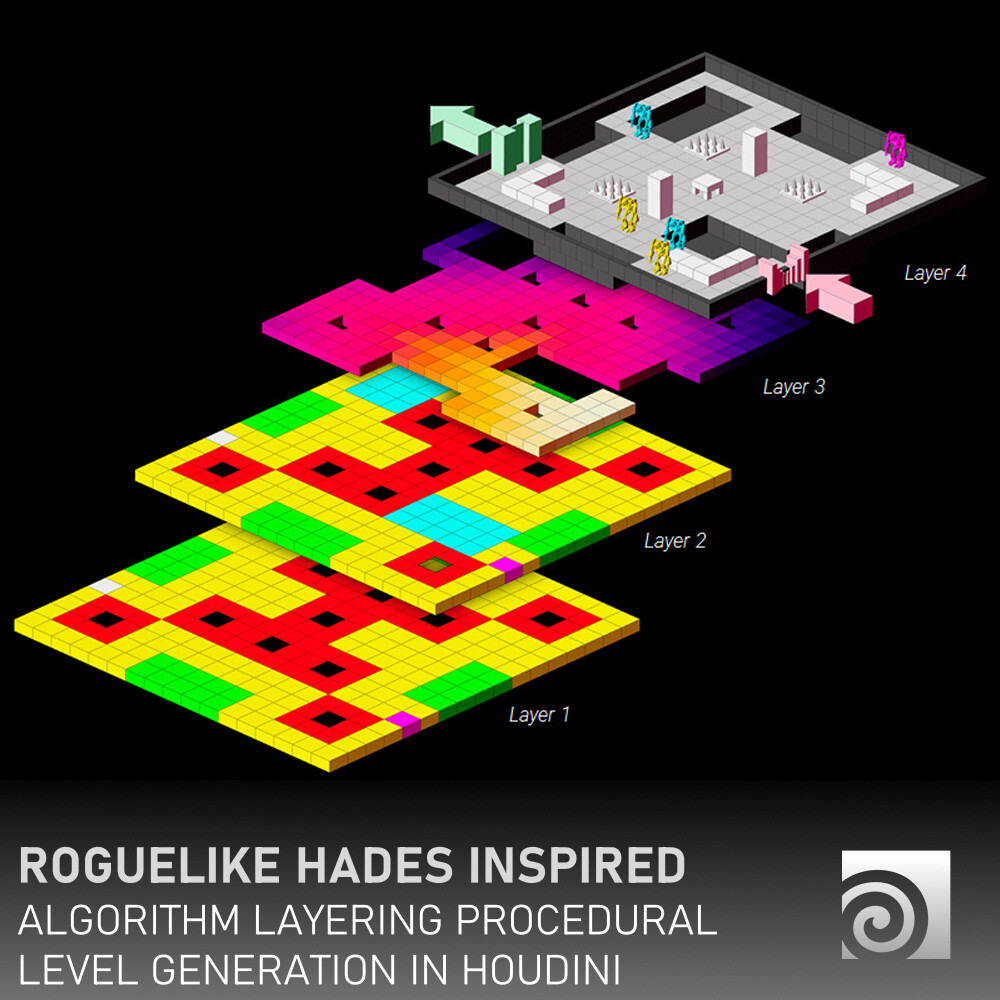

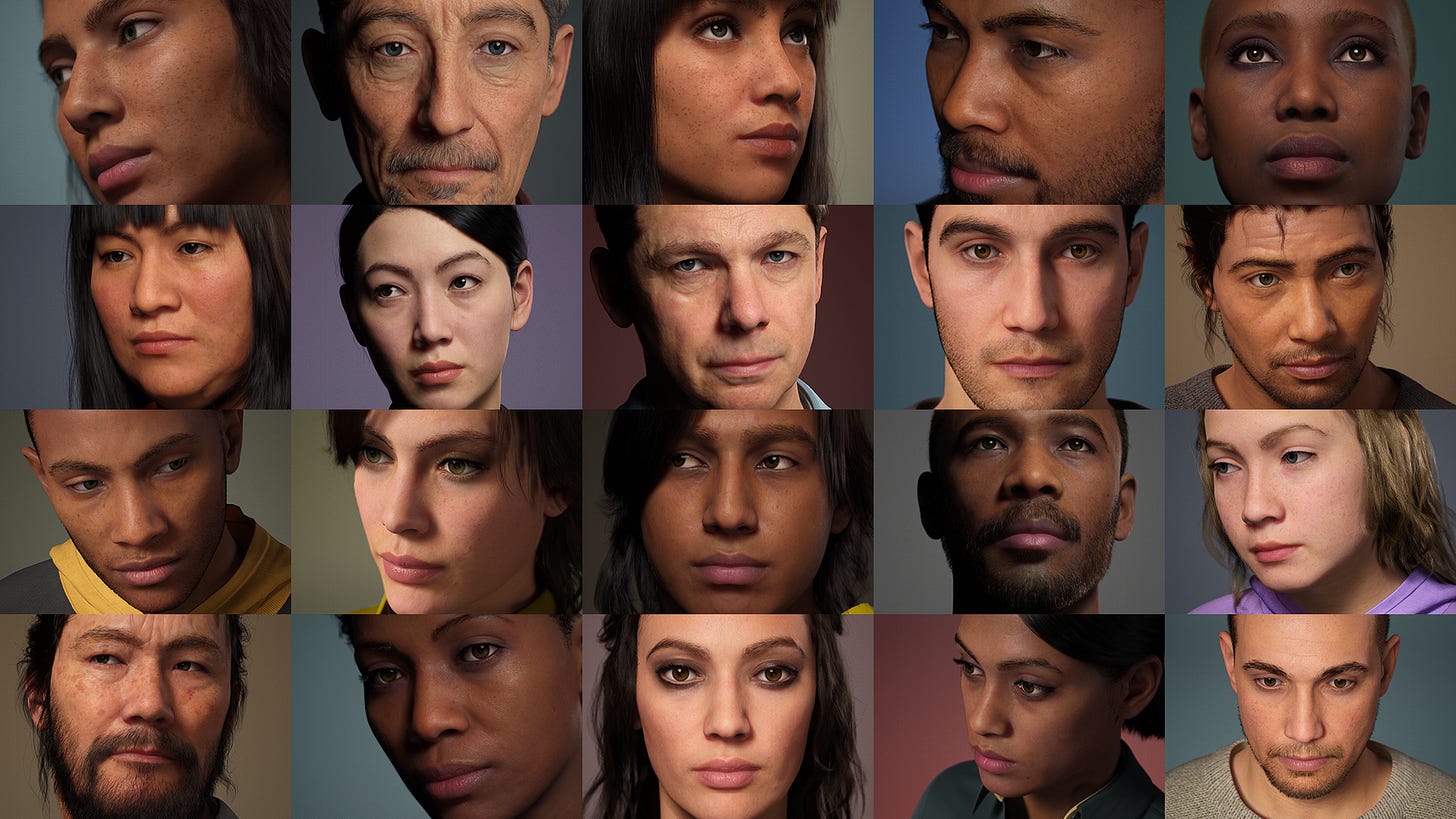
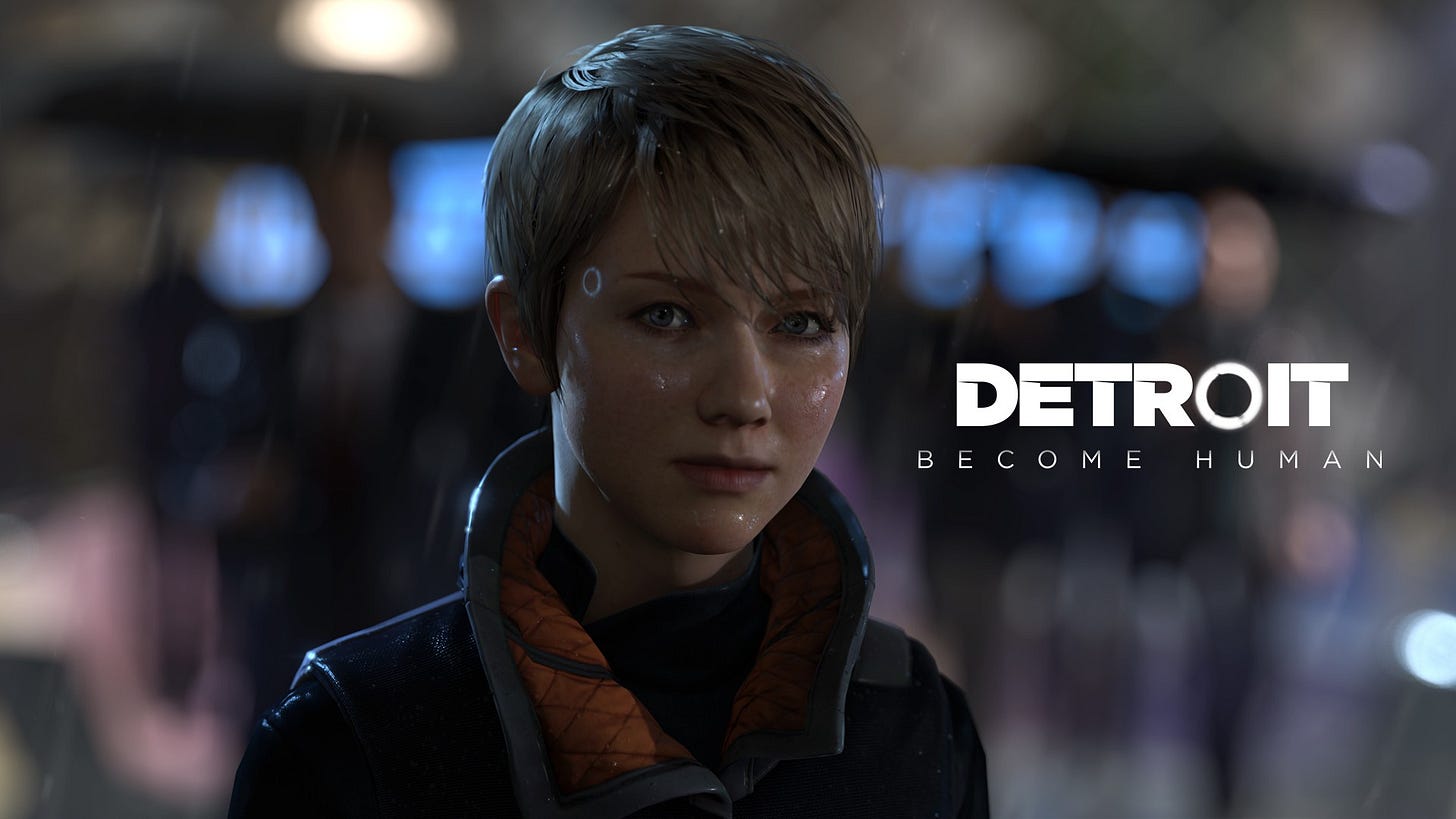
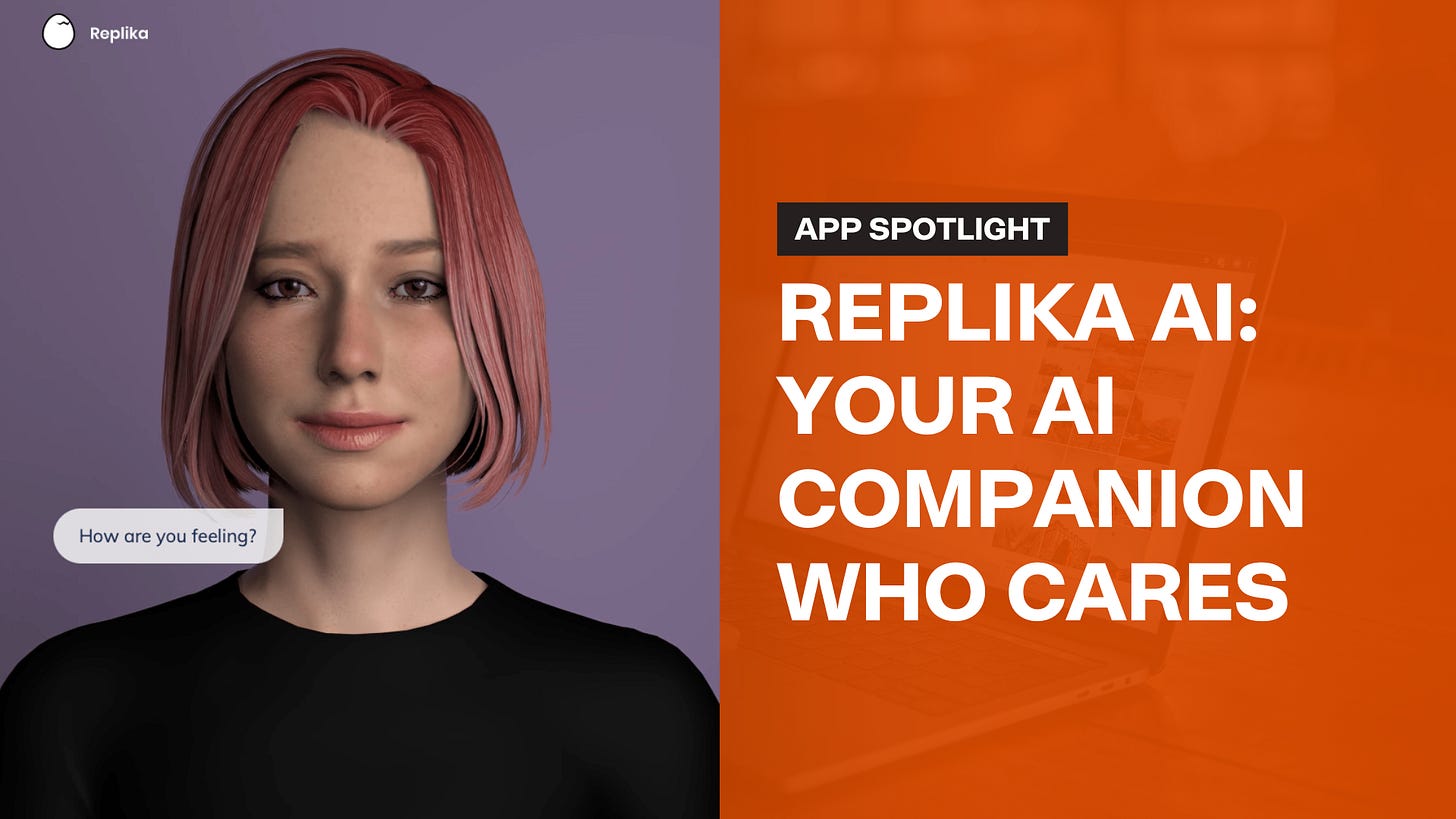

Thanks for writing this, it clarifis a lot. Your 'smoke and mirrors' point truly resonates; makes one think.